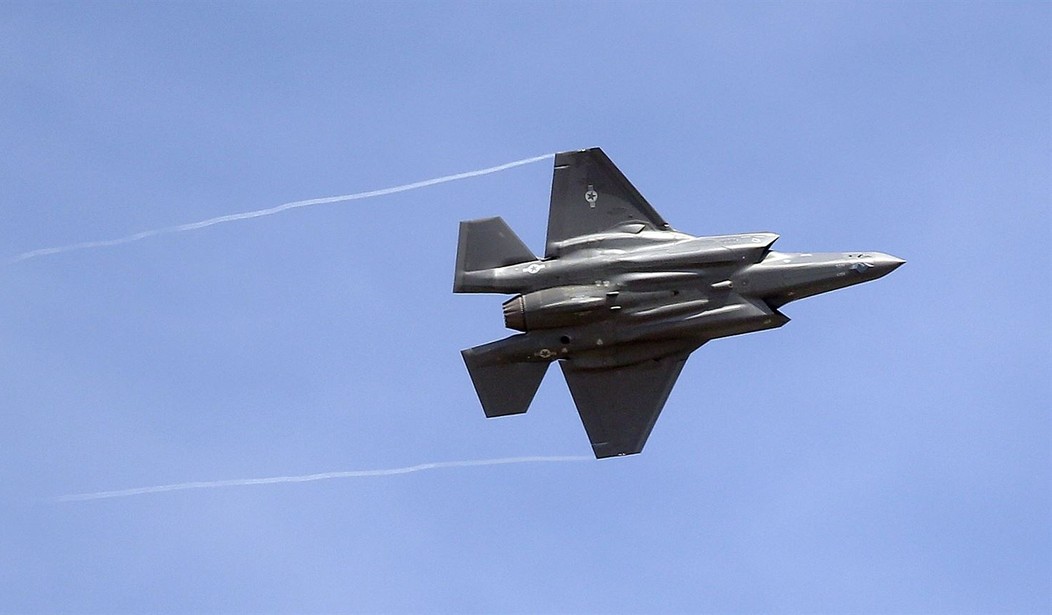In his book “New Cold Wars,” journalist David Sanger warns of the risks posed to the United States by a rising China and a declining Russia.
Russia’s problems are on vivid display in Ukraine, where its military is destroying itself, burning through men and material, but going nowhere. However, the country remains a nuclear power, and those weapons mean that it will always pose a threat to America and our allies. That is a threat we have understood and dealt with for decades.
China is a more complex problem. As it continues to assert itself across Asia, it may soon make a strategic move to conquer the island of Taiwan. Beijing is also adept at hacking into American computer systems, where it engages in cyber warfare as it steals information about Americans and our defenses. With its unprecedented theft of federal government records and personal emails, it also targets defense contractors who make the weapons we use to defend our freedom.
“In one of the worst instances, Chinese hackers broke into the defense contractor Lockheed Martin and stole the plans for the Pentagon’s cutting-edge new joint strike fighter, the F-35,” Sanger writes. In a willful challenge to the U.S., “The Chinese air force decided to test-fly the plane just as Robert Gates, the American defense secretary under Bush and Obama, was visiting the country.”
It is worth wondering whether they had any better luck with the designs they stole than our military has had with the designs we’ve paid so dearly for. Unlike the U.S., this theft saved billions of dollars they now use to improve a flawed design as we play catch up and spend even more precious taxpayer dollars.
A decade after that cyber attack and compromise, the American version of the F-35 is still struggling to get off the ground with any level of consistent readiness. “The Department of Defense’s (DOD) effort to modernize the F-35’s capabilities, an effort known as Block 4, continues to experience cost and schedule growth,” the government’s accounting team wrote last year. Also, “the F-35 program has yet to install Technology Refresh 3 (TR-3) – the $1.64 billion suite of upgraded hardware and software technologies critical to enabling many future Block 4 capabilities – on production aircraft.”
In its annual report, the military wrote that “The operational suitability of the F-35 fleet remains below service expectations and requirements.” A favorite refrain of defense contractors and senior military officers is that the services set the requirements and the contractors are expected to meet them based on contract specifics.
In the case of the F-35, things continue to go in the wrong direction. “In FY23, aircraft availability was slightly below that in FY22, after declining for most of FY21 despite reaching a historic program high in January 2021,” the military admits. Previous attempts by the military to obfuscate these failing readiness issues are usually measured in crashes and servicemember deaths.
Air and Space Forces magazine adds that the F-35 is available for operations only about half of the time. “Aircraft dubbed ‘not available’ are designated as such when they are in depot or unable to fly due to maintenance or supply issues,” the magazine writes. “Rates of aircraft down due to supply was 27 percent; ‘relatively flat’ but ‘slightly worse’ than the fiscal 2023 rate."
Part of the problem is there aren’t enough F-35s available to test the new software. As of last year, there were only seven such planes to run tests on. Lawmakers are, rightly, frustrated. “Our patience is wearing thin,” Rep. Rob Wittman (R-Va.), chair of the House Armed Services Tactical Air and Land Forces subcommittee, said last year. Meanwhile, an Air Force general told lawmakers that the F-35 has a history “of not … being able to deliver software with new hardware.” That is a problem, whether the Chinese hackers have stolen the software or not.
China is rapidly becoming a peer competitor, and the United States may soon find itself confronting China over the future of Taiwan or myriad other issues. To prevail, the U.S. will need all our weapons systems to work properly. By now, the Chinese have probably figured out that the information they hacked is less than useful. Simply put: our most expensive, long-term military acquisition program, the F-35, is failing the American people.
Lawmakers need to force the contractor to fix the problems and hold the service admirals and generals accountable for these failures before the Chinese fly right past us and we end up trying to hack them.









Join the conversation as a VIP Member